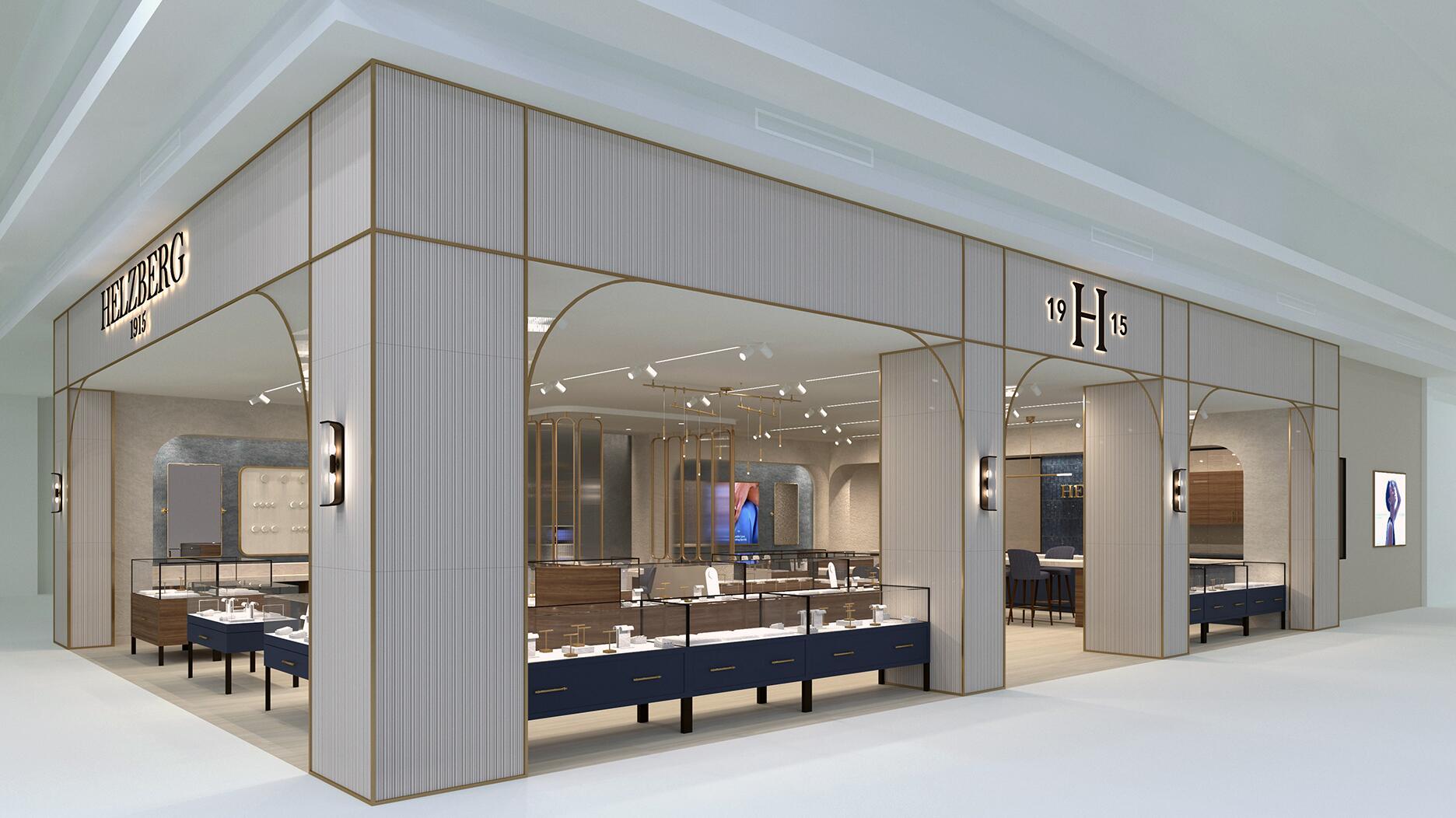The couple pleaded guilty to concealing at least $127 million in cash transactions at its precious metals businesses.
A Hands-on Lesson in Telling Gemstones Apart
Senior Editor Brecken Branstrator recounts what she learned at an AGS Conclave education session on identifying gemstones presented by Gem-A.

The American Gem Society knocks it out of the park every year for their Conclave event. The keynote speakers are top-notch, and the education sessions cover a wide variety of topics presented by experts in the industry.
Held in Washington, D.C. this year, Conclave again was full of great sessions, from a panel on bridal trends, to updates on diamond prices and grading reports, to a fascinating session on diamonds and their healing powers.
A particularly cool one that I got to attend was held Friday by The Gemmological Association of Great Britain (Gem-A).
In “Separating Similar-Looking Stones,” Gem-A’s Claire Mitchell began by walking session attendees through the steps used to identify a stone, starting with observation and then working through the instruments that can help jewelers tell apart similar-looking stones.
I loved this session because it was a hands-on experience--half the session was a presentation and the other half had us using the instruments ourselves. (I think a lot of people were excited about this session, as it had a waiting list and attendees were lined up before it started. I was lucky enough to just make it in and get a seat with equipment.)
First, Mitchell walked us through what kind of observations can be made before using any instruments.
For example, inclusions such bubbles and swirls or molding marks that indicate a paste glass might tell you that a gemstone is man-made.
Inclusions in natural stones can help indicate what the stone might be as well, such as “horsetail inclusions” found in demantoid garnets or “lily pads” that show up in peridot.
Next, Mitchell walked us through the use of instruments such as a polariscope, spectroscope and a dichroscope.
We got to use all three on gemstone samples provided so we could see for ourselves how each worked and what the stones looked like through the instruments.
The polariscope, for example, can tell you if a stone has double or single refraction, while a spectroscope is a diagnostic tool showing a spectrum of colors that is “like having a bar code for a gemstone” to help with identification.
My personal favorite was the Chelsea Color Filter, which is a dichromatic filter that transmits two wavelengths only to help identify certain green, red and blue stones, as well as detecting dyes in certain gems.
Above is a picture of three different blue stones--aquamarine, topaz and spinel--under the filter.
I
While I’m always trying to see if I can guess what a gemstone is when I see it, Gem-A stressed that there should always be more tests involved to figure out a stone’s true identity. This session definitely made me want to go out and get some of these instruments for myself.
The Latest

Consumers shared concerns about prices, inflation, tariffs, trade, and politics in the survey’s write-in response section.

In February 2026, the auction house will move its headquarters to the former Steinway Hall, a neoclassical landmark on Billionaires’ Row.

How Jewelers of America’s 20 Under 40 are leading to ensure a brighter future for the jewelry industry.

The new show will take place Jan. 23-25, 2026.


The former BHP Billiton leader and Gemfields chairman is remembered for his influential leadership throughout his 50-year mining career.

The LVMH-owned brand has partnered with the costume design union to revamp its award for 2026.

Roseco’s 704-page catalog showcases new lab-grown diamonds, findings, tools & more—available in print or interactive digital editions.

The luxury titan inked a deal to acquire an initial minority stake in the jewelry manufacturer with a pathway to full ownership by 2032.

The company’s curation of unsigned vintage and estate jewelry debuted at the Bloomingdale’s in Costa Mesa, California.

In the recent multi-shipment seizure, CBP also found counterfeit Audemars Piguet, Moncler, and Chrome Hearts items.

Jewelers of America execs and National Jeweler editors discuss tariffs, the sky-high gold price, and the engagement that broke the internet.

The luxury goods company said founder Ippolita Rostagno will remain at the brand’s helm.

Laura Burdese, who joined the Italian luxury brand in 2022, will take on the role in July.

Need a gift for the cat lover who has everything? Look no further than our latest Piece of the Week.

It purchased the “Grosse Pièce,” an ultra-complicated Audemars Piguet pocket watch from the ‘20s, for a record-breaking price at Sotheby’s.

The lab-grown diamond grower now offers custom engagement and fashion jewelry through its Kira Custom Lab Jewelry service.

Chandler got his start at Michelson Jewelers and has served as DCA president and CEO since 2001. He will retire at the end of the month.

The boutique is slated to open this week inside Terminal 8, offering pre-owned Rolex watches and more to international travelers.

Sponsored by Digital Monitoring Products

The special-edition egg pendant ingested in a New Zealand jewelry store was recovered after a six-day wait.

Associate Editor Natalie Francisco plays favorites with Piece of the Week, selecting a standout piece of jewelry from each month of 2025.

The “Love and Desire” campaign is inspired by the magic that follows when one’s heart leads the way, said the brand.

Two awardees will receive free tuition for an educational course at the Swiss lab, with flights and lodging included.

Berta de Pablos-Barbier will replace Alexander Lacik at the start of January, two months earlier than expected.

Sotheby’s held its first two jewelry sales at the Breuer building last week, and they totaled nearly $44 million.

Winners will receive free registration and lodging for its fourth annual event in Detroit.





























